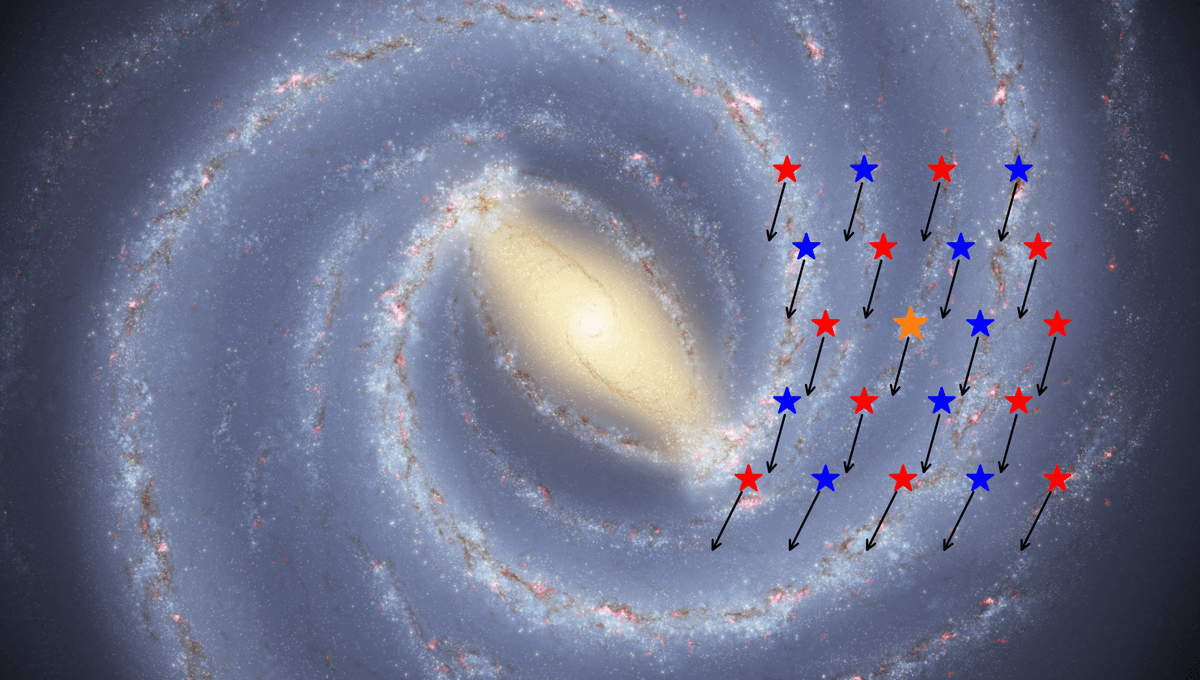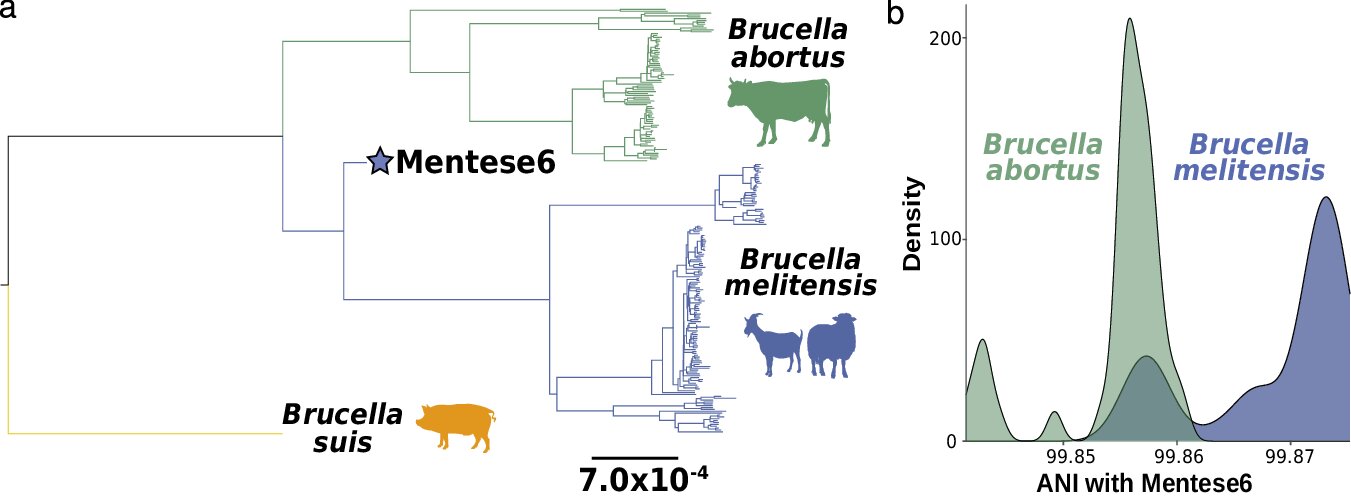Advertisement
Did you know that the Solar System resides in a thin disk? The Sun, at around 5 billion years old, is considered middle-aged, and the formation of this disk dates back to 8-10 billion years ago. However, there are still uncertainties surrounding this, prompting astronomers to search for ancient stars. These old stars, lacking heavy elements like oxygen and carbon, provide valuable insights into the early universe.
A recent study aimed to create an age profile of stars within 3,200 light-years from the Sun in the thin disk. Surprisingly, researchers discovered a significant number of ancient stars, some over 10 billion years old and a few even surpassing 13 billion years. These stars formed when the universe was still in its infancy.
“The presence of these ancient stars in the disk indicates that the formation of the Milky Way’s thin disk may have begun much earlier than previously thought, possibly 4-5 billion years earlier,” lead author Samir Nepal from the Leibniz Institute for Astrophysics Potsdam revealed in a statement.
This study suggests two key findings. Firstly, the thin disk of a galaxy can form relatively quickly, aligning with observations of ancient galaxies made by JWST and ALMA. Secondly, the Milky Way likely underwent intense star-formation episodes, with massive stars going supernova and enriching the disk with heavy elements.
“Our findings indicate that the thin disk of the Milky Way may have formed much earlier than previously believed, and its formation is closely linked to the early chemical enrichment of our galaxy’s inner regions,” co-author Dr. Cristina Chiappini explained. “By combining data from various sources and utilizing advanced machine learning techniques, we were able to analyze a larger number of stars with high-quality parameters, leading us to these new discoveries.”
The data for this study was sourced from the European Space Agency’s Gaia mission, which continues to provide precise measurements on billions of stars, aiding in the creation of the most accurate map of the Milky Way galaxy.
A paper detailing these findings has been accepted for publication in Astronomy & Astrophysics.
rnrn








